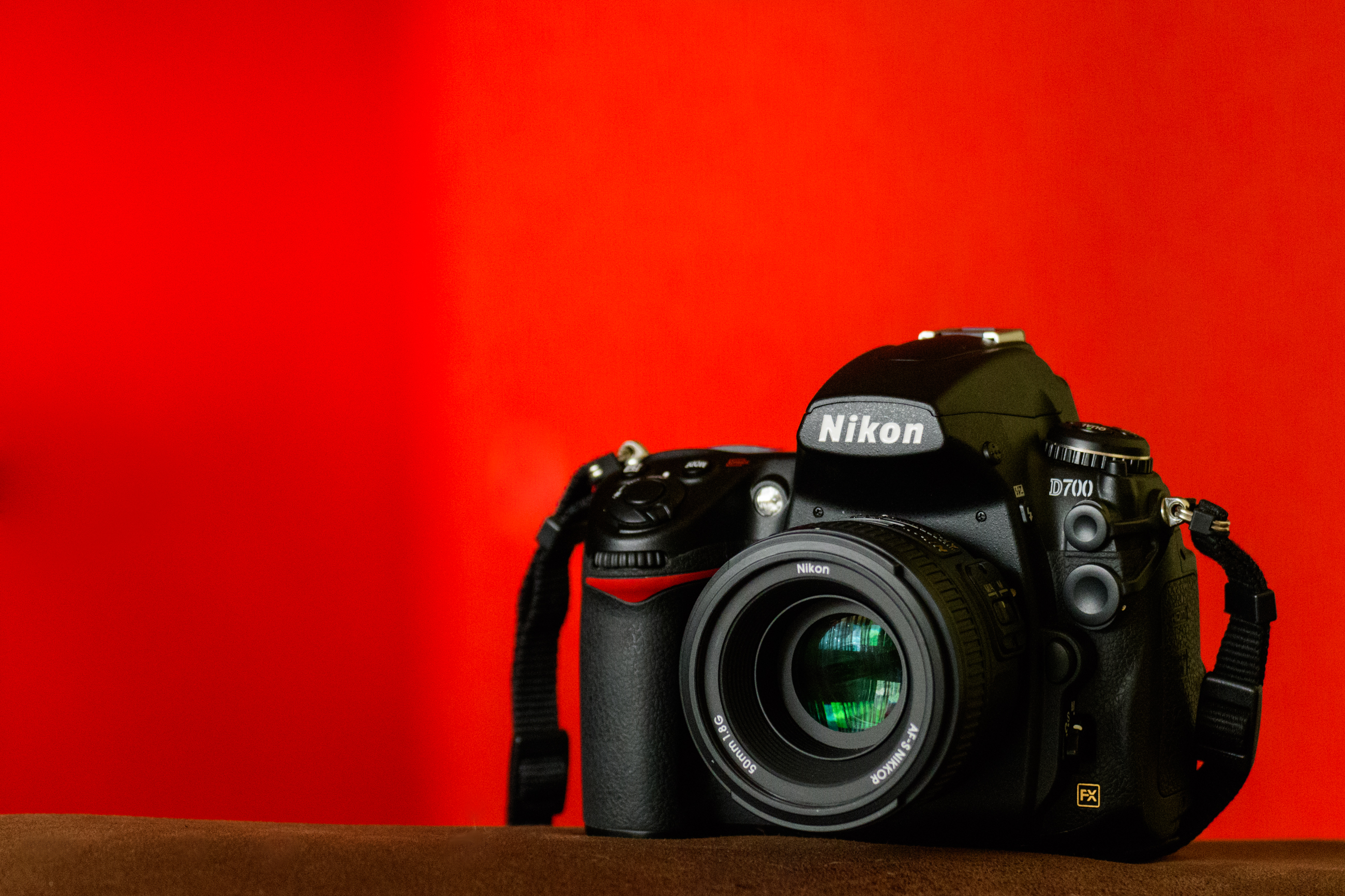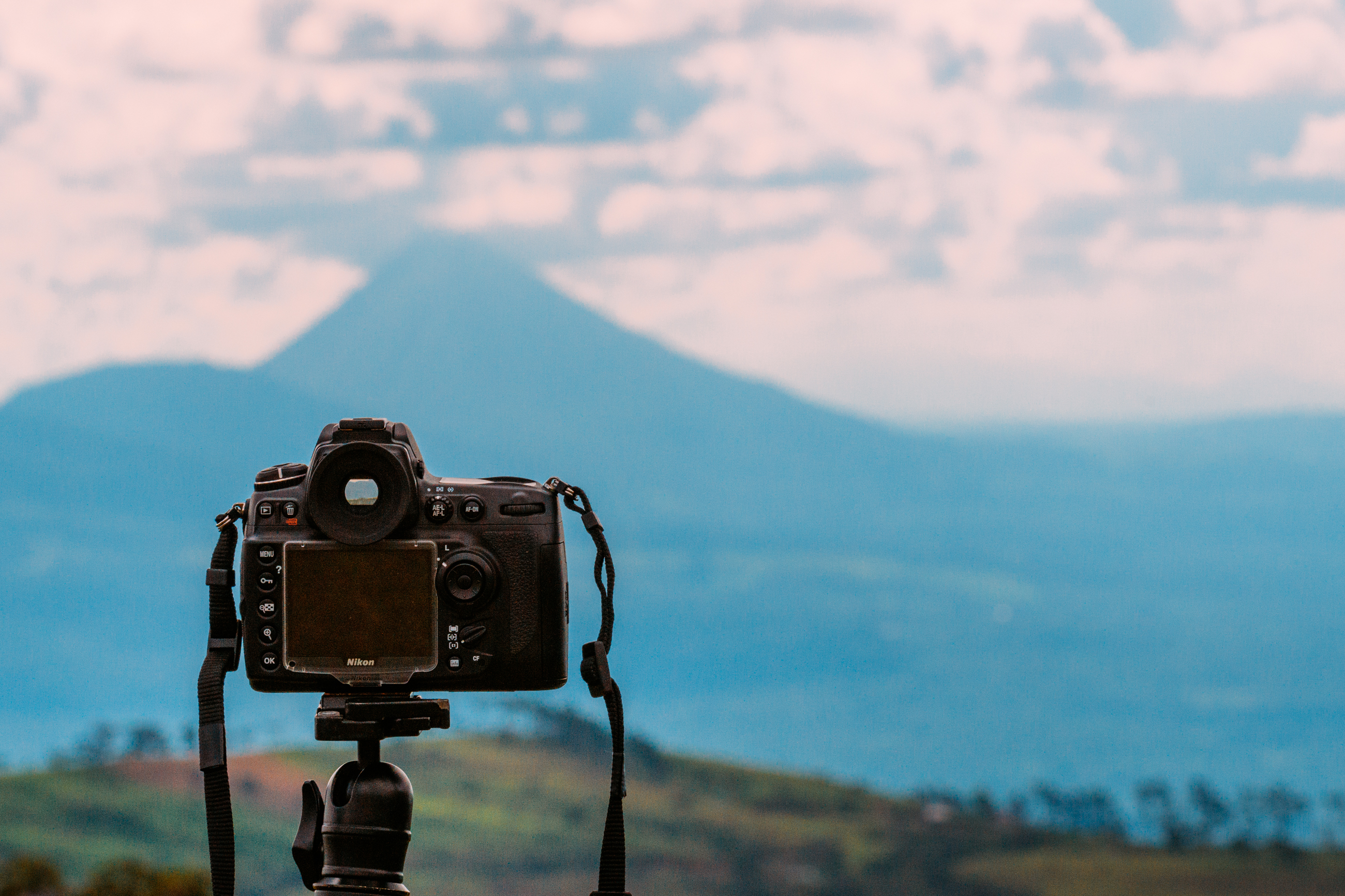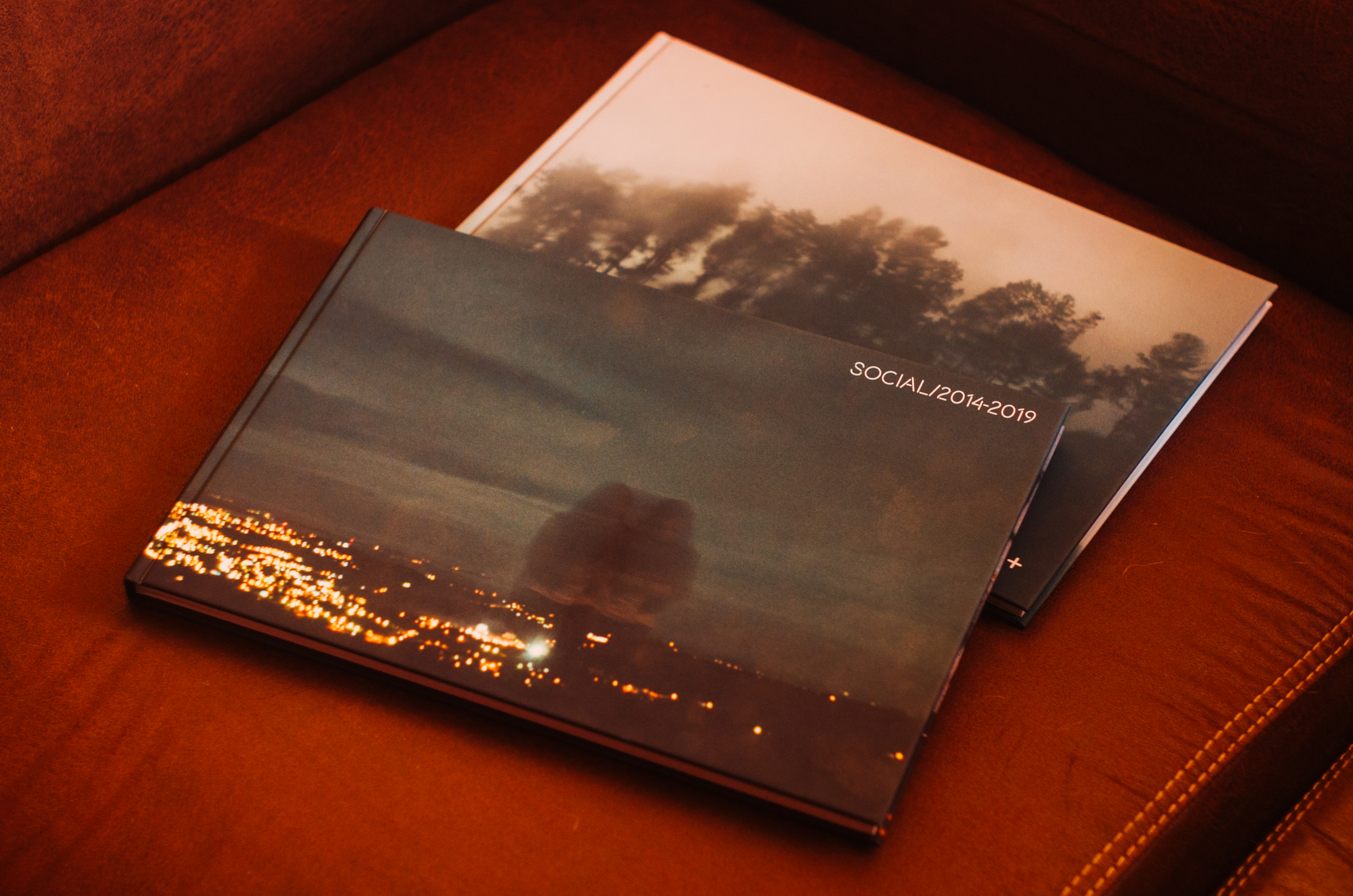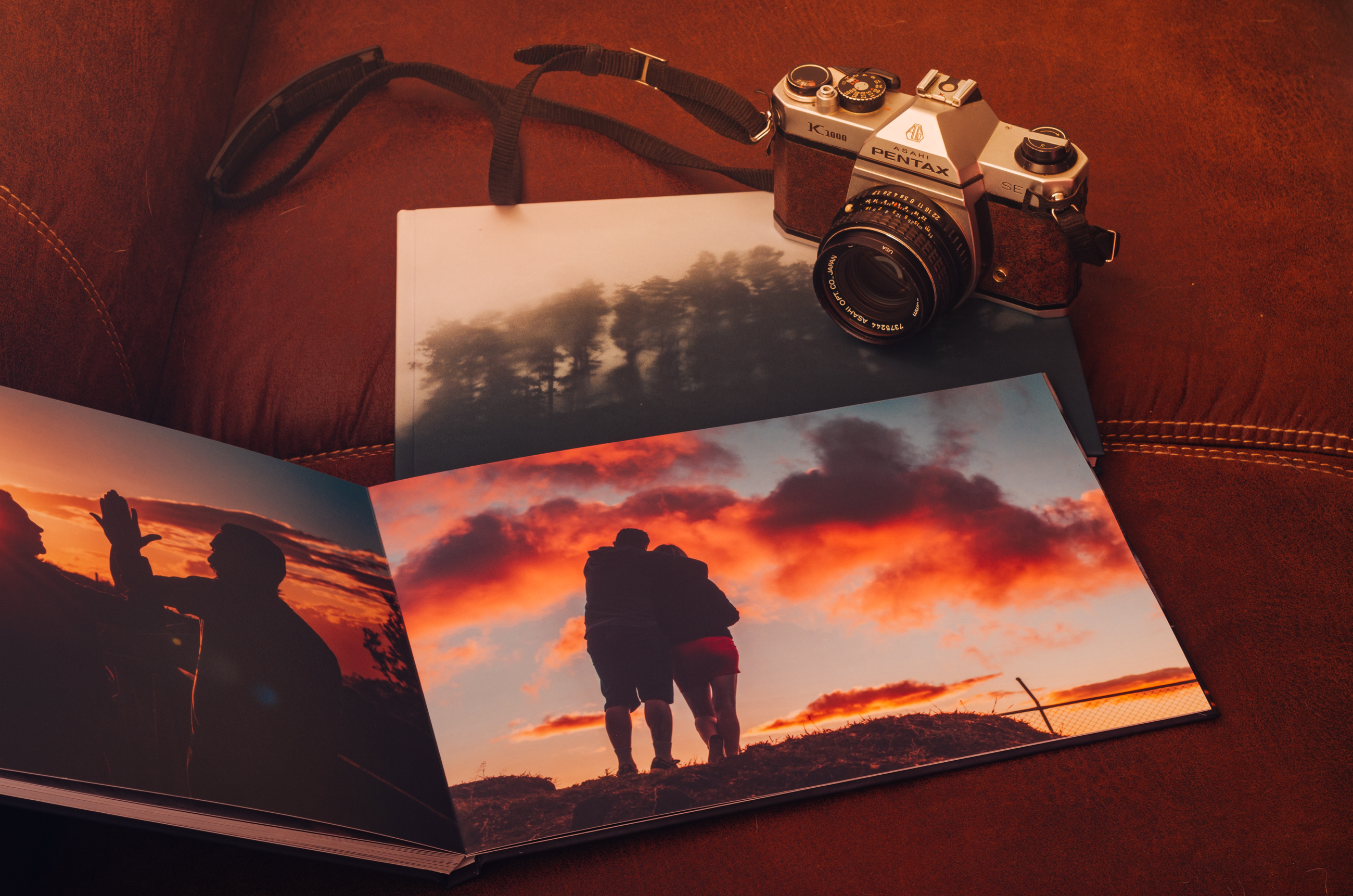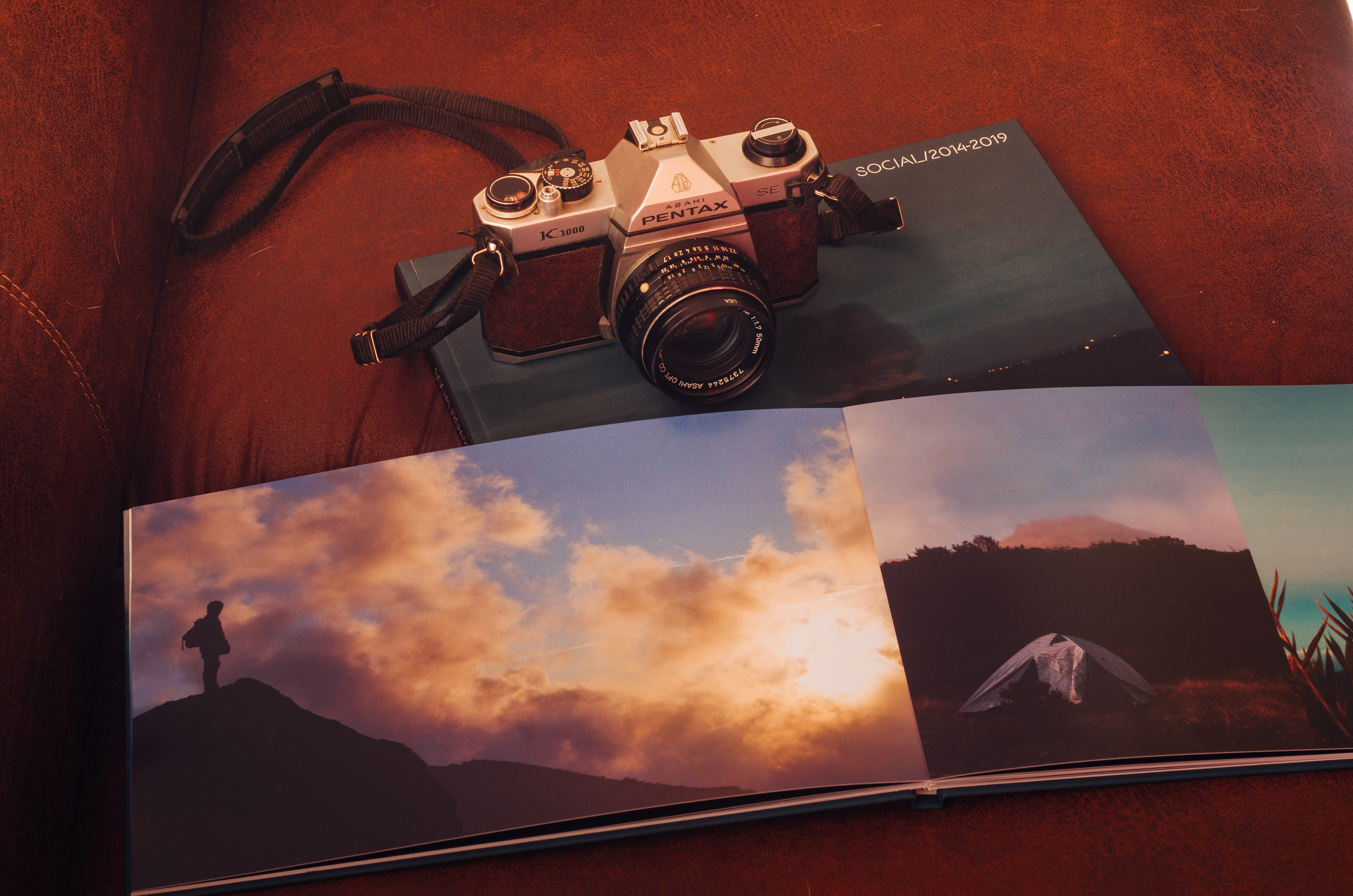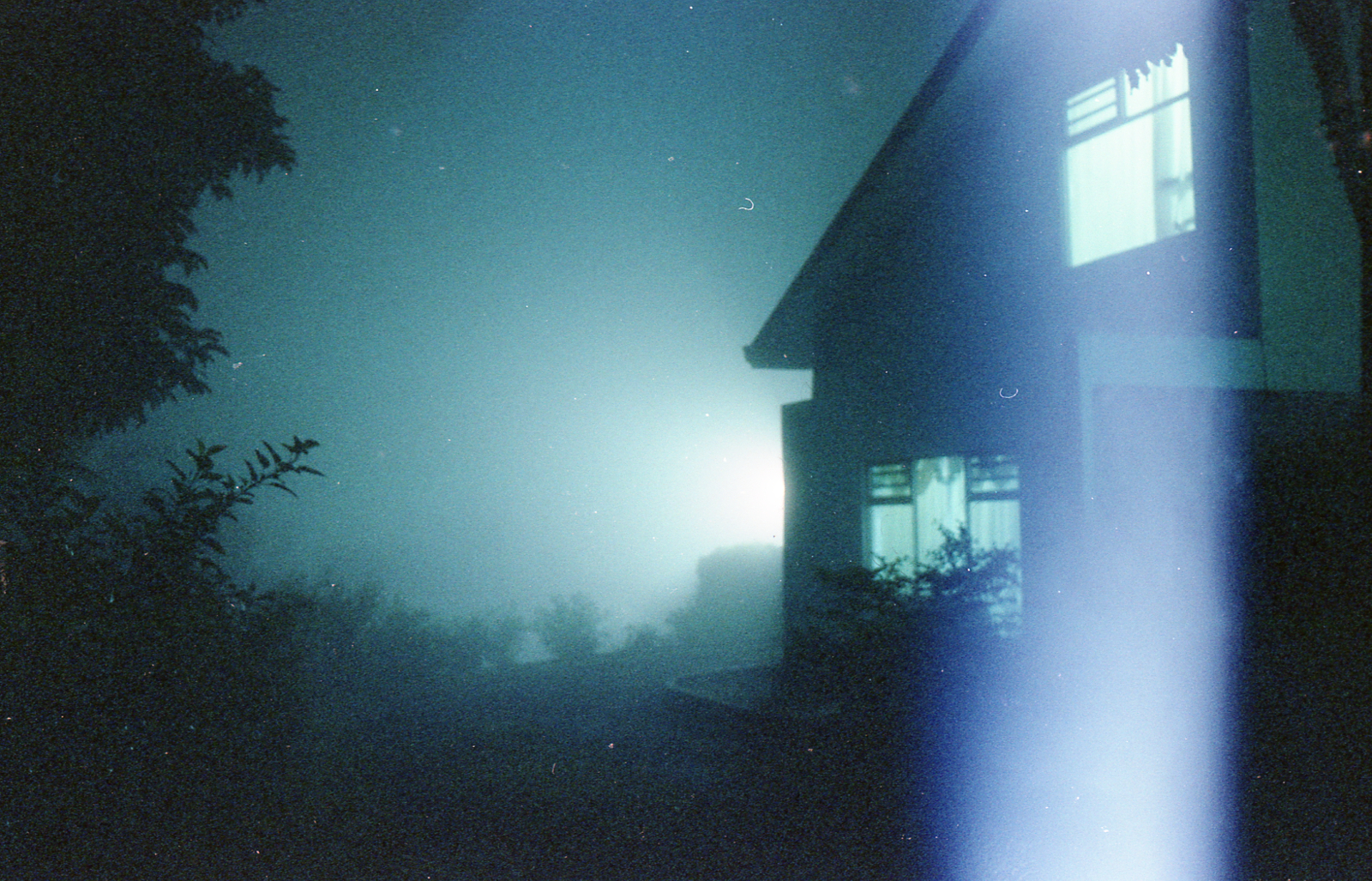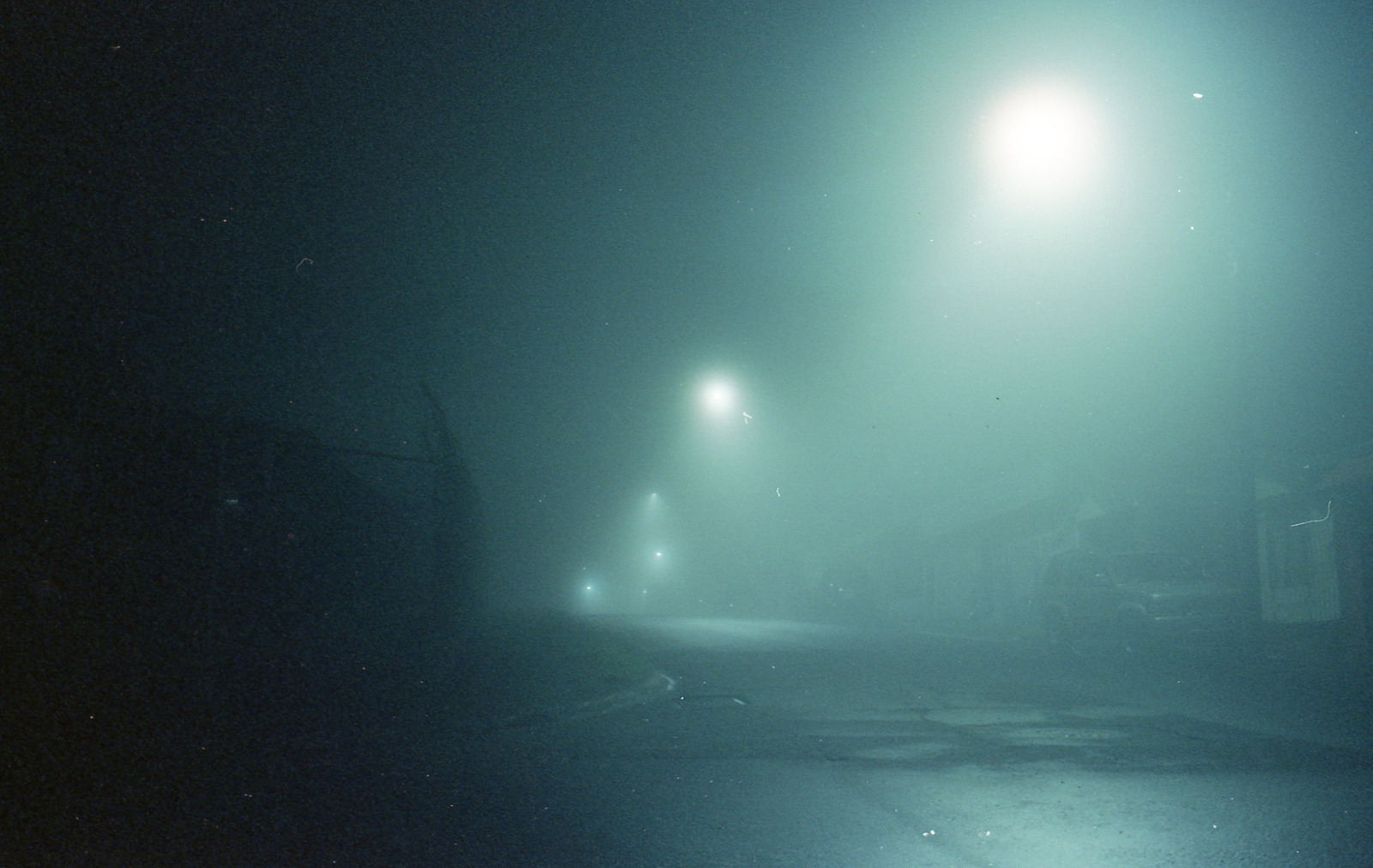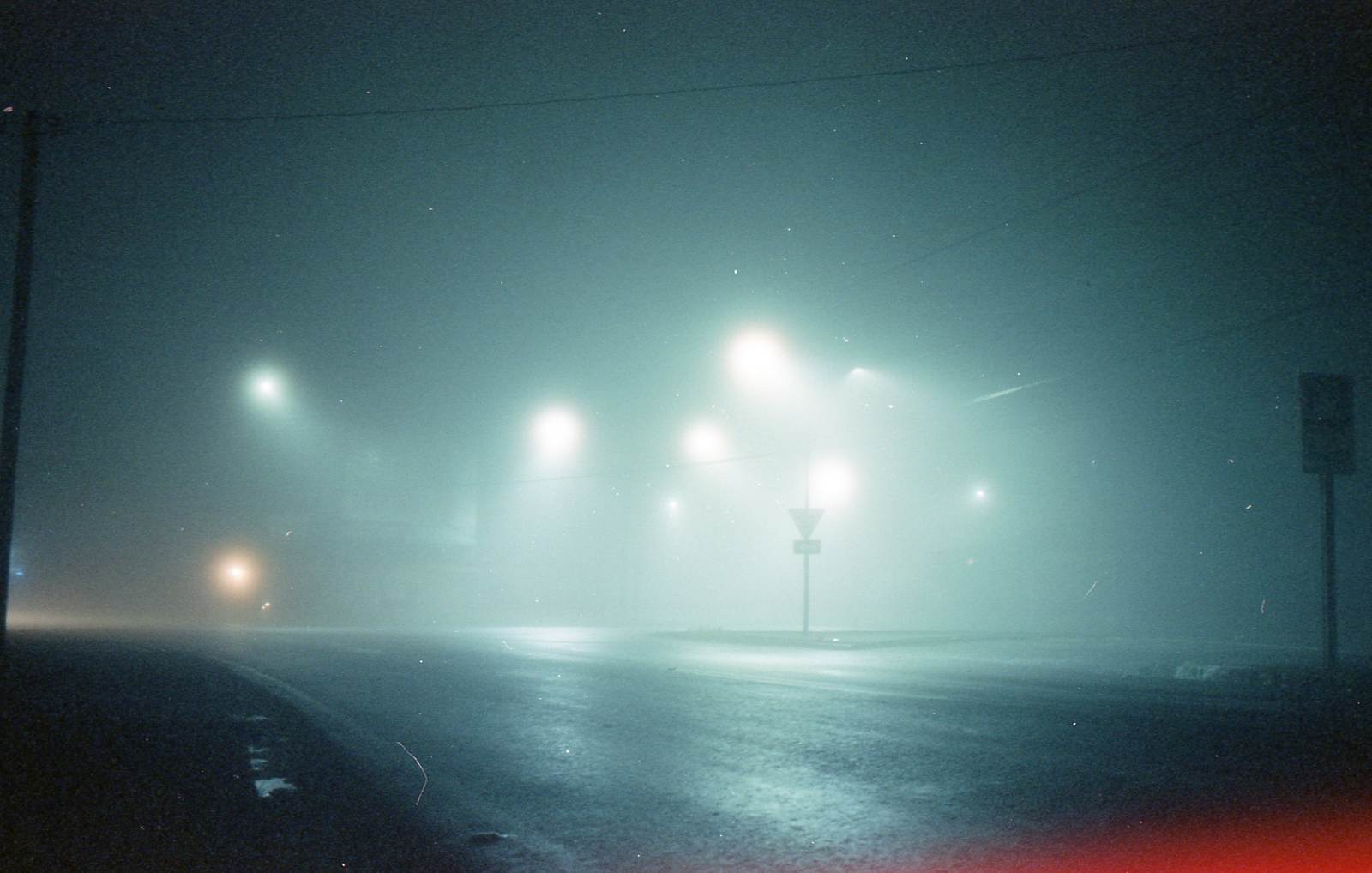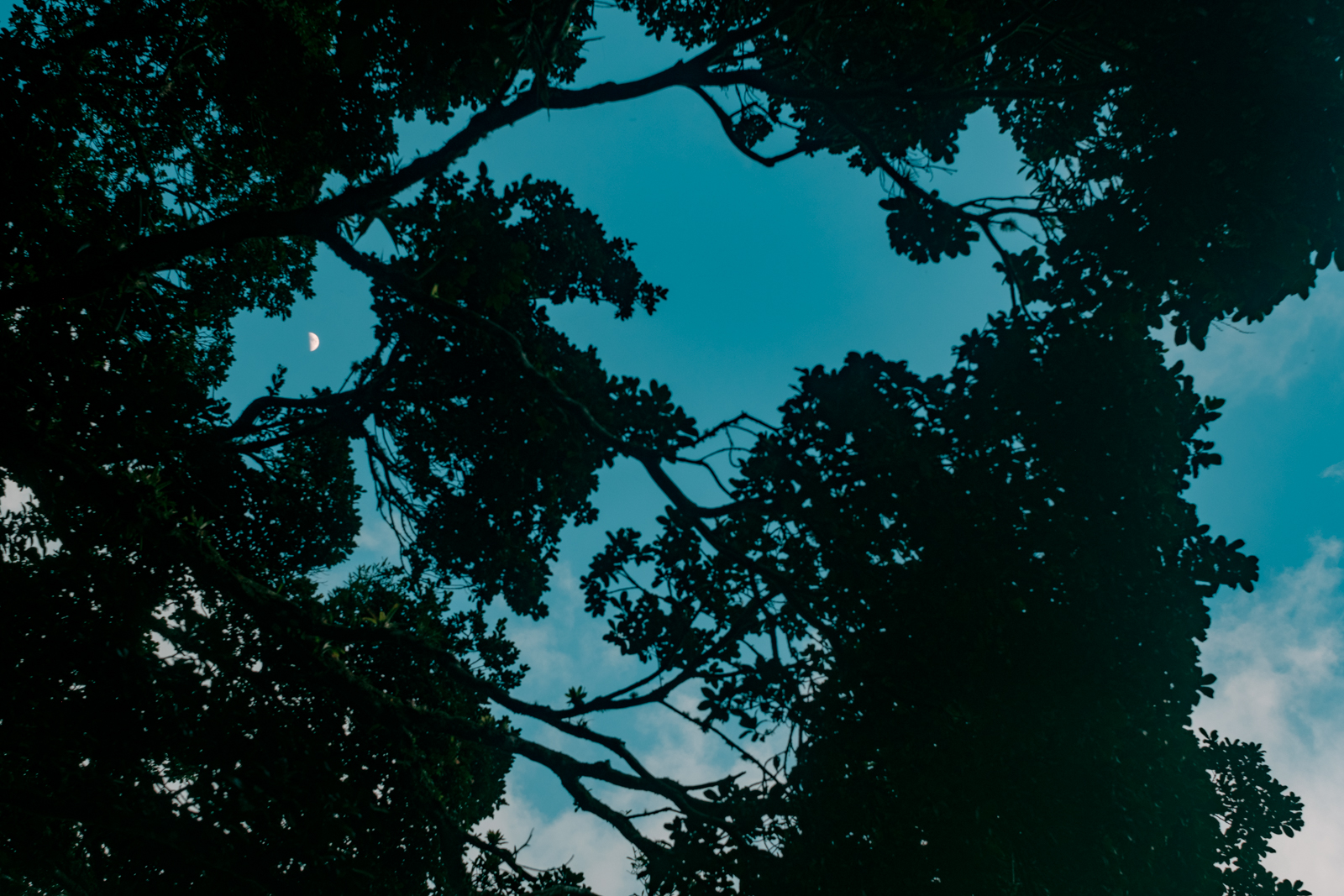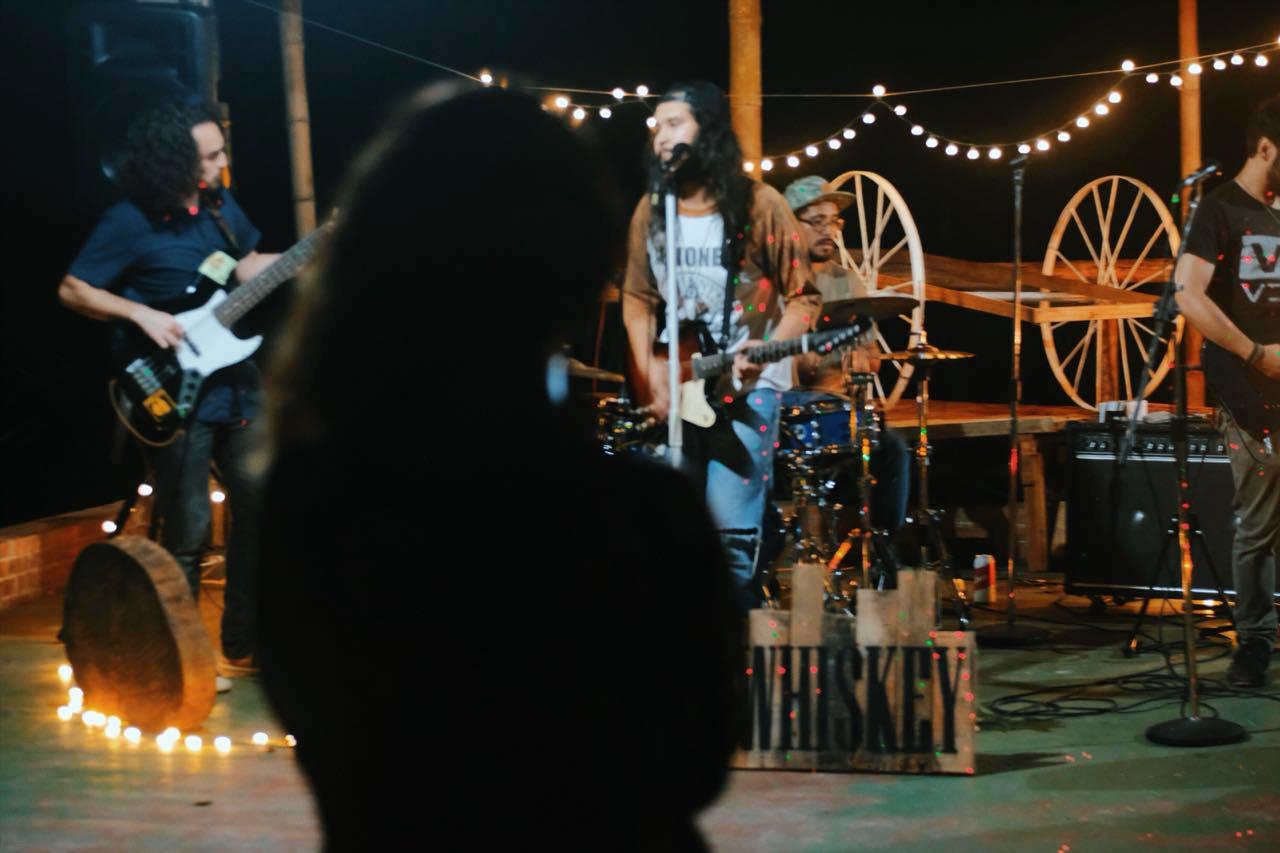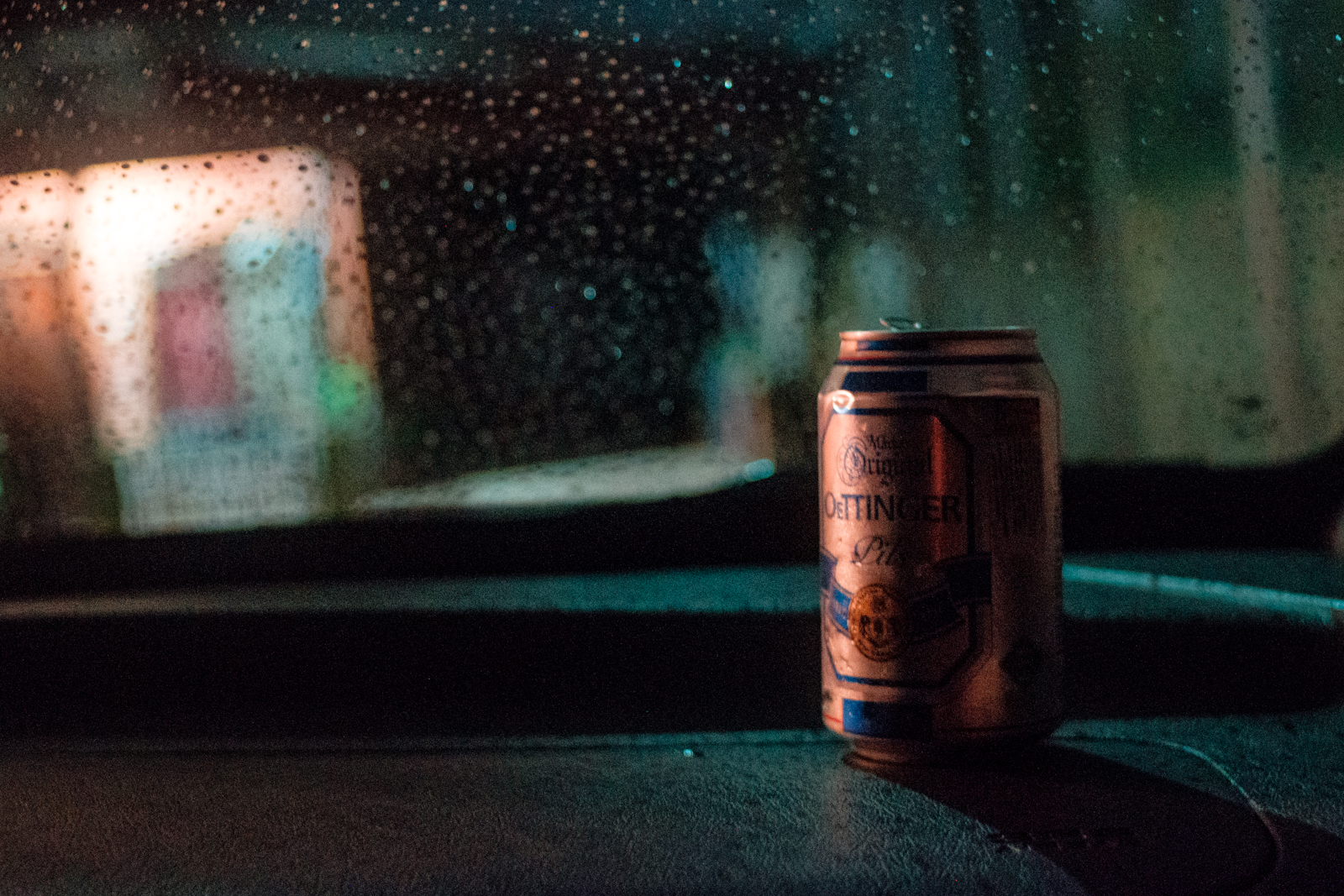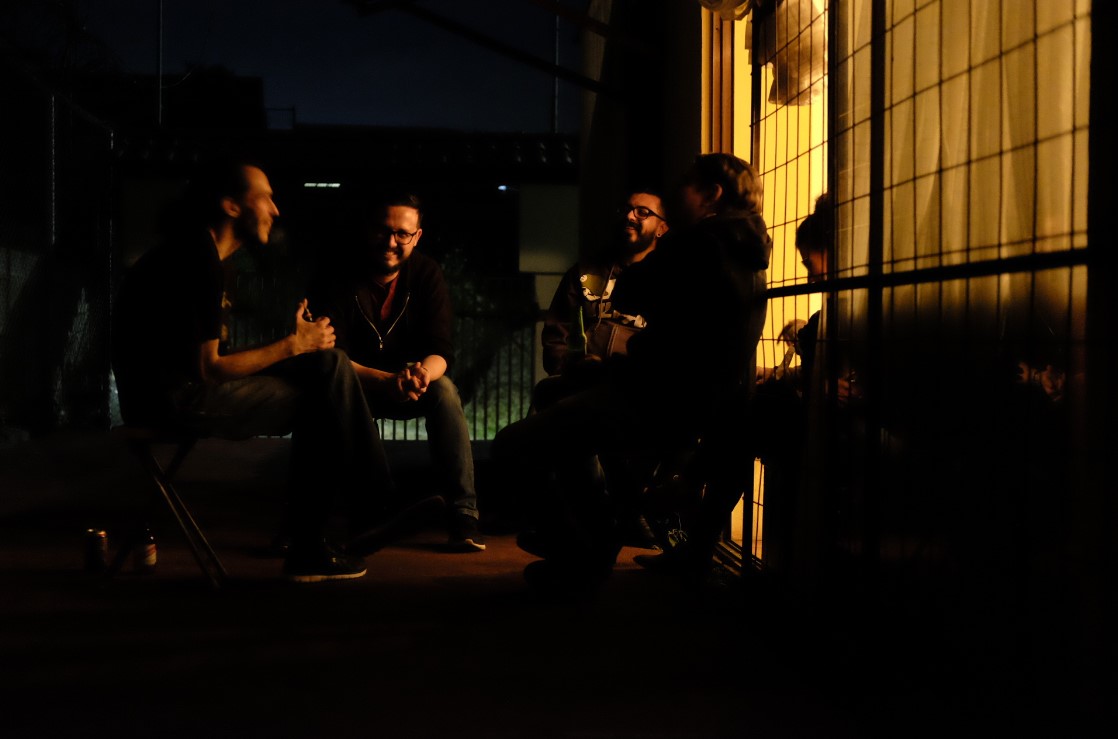Saludos!
Cada día alrededor del mundo, miles de almas libres con naturaleza creativa se muestran receptivas a enfocar sus aptitudes en una forma de arte muy especial: La Fotografía.
Por ello, la curiosidad despierta la necesidad interna de investigar las opciones del mercado actual en búsqueda de “esa primera cámara” para iniciar su aprendizaje y experiencia en tan noble disciplina. El presente texto se redacta con la idea de servir como guía técnica en cuanto a las cámaras tipo d-slr que al día de hoy abundan en el mercado con amplitud de precios y modelos. No se trata de una guía en cuanto a los principios básicos de fotografía, ya que es una enseñanza que cada persona deberá asumir llegado el momento oportuno. La presente, es para señalar y diferenciar aspectos técnicos y consideraciones que deben tomarse en cuenta para lograr la adquisición de equipo fotográfico que mejor se adapte al presupuesto y necesidades del futuro fotógrafo o fotógrafa.
Si bien existen diversas marcas de fabricantes de cámaras en el mercado, en virtud de que Canon y Nikon son quienes captan gran parte del terreno fotográfico, haré mención más específica en cuanto a estos dos fabricantes. Debo aclarar, que si usted adquiere una cámara totalmente nueva, la cual viene directamente del fabricante hasta el local comercial donde es comprada; no tendrá que preocuparse por algunos aspectos que posteriormente se enunciarán en el texto. Debido a que el mercado de equipo fotográfico de segunda mano tiene tantas ramificaciones, la mayoría de elementos a prestar atención lo serán si lo que se busca es comprar cámaras usadas a terceras personas.
Gamas de cámaras: No toda cámara de lentes intercambiables es “profesional”.
Primeramente, es necesario aclarar algo. Tanto en comercios como en anuncios de particulares que venden sus equipos fotográficos, suele indicarse “cámara profesional” cuando lo que se pretende vender no es desde el punto de vista técnico, según las especificaciones del mismo fabricante, un modelo de cámara profesional. Mi persona no podría asegurar si se trata de una estrategia engañosa de mercadeo o si bien es simple desconocimiento del vendedor al asumir que todas las cámaras tipo d-slr son por defecto “profesionales”. Esto deseo aclararlo, ya que usted, como futuro comprador de un producto, merece tener una noción de la realidad, lo cual es lo que se pretende con ésta guía.
¿Qué son las gamas?
Todos los fabricantes de bienes, por lo general clasifican sus productos dentro de gamas o categorías. Siendo que los fabricantes a los modelos de gama alta (profesional) les conceden atributos técnicos y características que garantizan mayor durabilidad y capacidad de soportar abusos por parte del usuario, ya que justamente son productos diseñados para ser utilizados como herramientas de una profesión. Las cámaras para personas principiantes, diseñadas para el aprendizaje y fotografías en entornos más apacibles, suelen venir con menos características técnicas y con cuerpos de cámara de construcción más básica, carente de tanto soporte estructural. Por motivo de ello, los precios entre las cámaras principiantes, semi-profesionales y profesionales, varían ampliamente.
¿Necesito acaso de una cámara profesional para lograr buenas fotografías?
No, para nada! No se requiere el equipo más caro y de última tecnología para lograr capturar buenas imágenes. Muchos aspectos de la fotografía como entender la luz y lograr una adecuada composición a la hora de encuadrar la imagen, revisten prioridad dando a su vez como resultado que el equipo a utilizar no sea tan importante. Es preferible perfeccionar las técnicas fotográficas y no desvivirse por obtener el equipo más caro y novedoso. Evidentemente, si desea incursionar en un ámbito especializado de la fotografía, como por ejemplo fotos de deportes, si será necesario buscar cámaras diseñadas y pensadas para tales propósitos. Ya que para capturar deportes se requieren ágiles sistemas de enfoque y altas capacidades de disparo por segundo. Lejos de ello, para fotografía de retratos, paisajes, productos y otras actividades cotidianas; podrán ser cubiertas básicamente con cualquier modelo de cámara disponible. Lo ideal si sería adquirir óptica de grado profesional dentro de la medida de las posibilidades. Buena óptica potenciará la calidad de las fotografías y explotará la calidad de imagen que el sensor de su cámara tenga para ofrecer. Además de que posteriormente podría adquirir un modelo más avanzado de cámara y contar para ese entonces con una respetable colección de lentes.
¿Cómo reconozco la diferencia entre cámaras principiantes, semi-profesionales y profesionales?
Al inicio indiqué que tomaré como referencia Canon y Nikon, al ser estos los oferentes más ampliamente buscados por fotógrafos de todas las categorías de experiencia. Sin restar mérito – claro está — a otras casas comerciales, ya que los mismos principios en cuanto a la disposición de gamas serán cubiertos por fabricantes como Sony, Pentax, Fuji y otros.
Aclarado lo anterior, resulta sobre abundante mencionar una lista extensa que incluya cada uno de los modelos alguna vez fabricados por Canon y Nikon. Por ello, mencionaré las respectivas series y citaré algunos modelos de referencia.
En cuanto a Canon. Los modelos de gama principiante son los modelos de la serie “Rebel” (T3, T4, T5, etc). Los modelos de gama intermedia o semi-profesional serían la Canon 60D, Canon 7D y Canon 6D. Ya en la línea profesional, Canon ofrece la serie 5D en cámaras de aplicación general, siendo que sus modelos “caballo de batalla” para fotografía en ambientes extremos o deportes, sería la serie EOS 1D y sus consecuentes versiones (Mk II, MK III).

De izquierda a derecha: Canon Rebel (principiante). Canon 6D (semi-profesional) y Canon 1DX (profesional)
Si hablamos de Nikon, la gama principiante recae en los modelos de la serie D3000 y D5000 (y sus consecuentes versiones). La gama semi profesional inicia con la serie D7000, la D600, D610, D750, etc. Mientras que cámaras como la D700, D800, D850 son cámaras de gama profesional de uso general (es decir, cámaras para retrato, paisajes, productos); siendo las cámaras de aplicaciones deportivas y de uso extremo, son los modelos D3, D4, D5 y actualmente la D6.

De izquierda a derecha: Nikon D3400 (principiante). Nikon D750 (semi profesional) y Nikon D5 (profesional)
Tamaño del sensor. Sensor recortado y sensor de 35 milímetros.
De previo a referirme a los tamaños de los sensores digitales, pero siempre de la mano con la temática de las gamas de modelos; debo indicar que el hecho de que un modelo de cámara cuente con un sensor digital de 35 milímetros, no la convierte automáticamente un modelo profesional (según las especificaciones del fabricante), ya que básicamente son cámaras semi-profesionales con un sensor de mayor tamaño al encontrado en los modelos de gama principiante – a manera de ejemplo, cámaras con sensor de 35mm serían la Canon 6D y Nikon D600 –.

Comparación aproximada de los tamaños entre sensor de 35mm y sensor recortado o “APS-C”
Ahora bien, las cámaras de gama principiante y casi todas las cámaras semi profesionales, salvo algunas excepciones, cuentan con sensores recortados. ¿Pero cuál es la diferencia? El sensor de 35 milímetros equivale al tamaño de un cuadro de película analógica de 35 milímetros (36mm x 24mm). El campo de visión que obtiene en la fotografía será igual a los milímetros del lente utilizado por la cámara. Ejemplo, si utilizo un lente de 50 milímetros en mi cámara con sensor de 35mm, obtendré una foto con un ángulo de encuadre de 50 mm, si utilizo un lente de 24 milímetros, tendré un rango focal de 24 milímetros en la fotografía capturada.
Por su parte, el sensor recortado tiene menores dimensiones (23.6mm x 15.6mm) y por ello, amplifica los milímetros del lente utilizado en la cámara. Los sensores en Canon amplifican en un factor de 1.6 veces y los sensores recortados en Nikon amplifican en 1.5 veces el rango focal del lente. A manera de ejemplo, si utilizó un lente de 50 milímetros en una cámara Nikon D7100 (sensor recortado), el factor de multiplicación dará como resultado una fotografía con rango focal equivalente a 75 milímetros, ello debido al factor de multiplicación de 1.5 que agrega el sensor recortado a los milímetros del lente.

Imagen tomada a 60 centímetros con un lente 50 mm en un sensor de 35 mm.

Foto captada a 60 centímetros con un lente 50 mm pero esta vez con un sensor recortado. Vemos como el factor de multiplicación de 1.5 veces, crea un equivalente focal de 75 mm, lo cual acerca la imagen; aún y cuando se tomó a la misma distancia y lente de la imagen previa.
Es importante tomar en cuenta el tamaño del sensor, ya que si es su primera compra de una cámara, afectará en varios factores:
- El precio. Cámaras con sensores de 35 milímetros por lo general tendrán un valor económico más elevado, aunado al hecho de que las cámaras que tienen este tamaño de sensor son cámaras semi-profesionales y profesionales, exclusivamente.
- El tipo de lentes a utilizar. Tanto Canon como Nikon, a como tienen diferentes gamas de cámaras, también tienen gamas de lentes. Si se utiliza lentes para sensores recortados en cámaras de sensores de 35 milímetros, se creará una vigñeta en la fotografía tomada. Ya que el diseño de la óptica está basado en uso exclusivo para sensores recortados. Por el contrario, si se utilizan lentes diseñados para sensores de 35 mm en cámaras de sensores recortados, no se producirá dicho problema. No obstante, en la marca Canon utilizar lentes de 35 milímetros (lentes EF) en cámaras de sensor recortado, podría causar que el espejo de la cámara golpee con la parte posterior del lente que se adentra en la montura de la cámara. Para efectos prácticos y evitar tales inconvenientes, al utilizar Canon lo recomendable es utilizar lentes EF-S en las cámaras de sensor recortado y los lentes EF exclusivamente usarlos en cámaras de sensores de 35 mm. En el caso de las cámaras Nikon, se pueden utilizar lentes para sensores de 35mm (lentes FX) en cámaras de sensores recortados sin ningún problema. Los lentes Nikon diseñados para sensores recortados en Nikon se denominan DX. La ventaja propia de los sensores recortados es el amplificar los milímetros de los lentes, lo cual puede ser particularmente útil si se toma fotos de animales en la naturaleza o para deportes donde se requiere permanecer a distancia. Como ejemplo, un lente de 70-300 milímetros en Nikon con un sensor de formato DX, sería equivalente a 105 a 450 milímetros.

Ejemplo del efecto vigñeta que se da cuando se utiliza un lente diseñado para un sensor recortado (APS-C) en una cámara con sensor de 35 mm.
Así que en síntesis, vemos que el tamaño del tamaño del sensor va a influir en el precio de nuestra cámara y también en cuanto a la selección de óptica que posteriormente decidamos utilizar según las prestaciones del equipo que logremos adquirir.
En forma general, se ha analizado las diferentes categorías de cámaras según las gamas otorgadas por sus fabricantes, las dos opciones en cuanto a tamaños de sensores disponibles e incluso se ha realizado una breve mención de cual variedad de óptica debería preferiblemente utilizarse para cada formato de sensor. Como lo resalté en un inicio, si compras una cámara nueva, en buena teoría debería funcionar excepcionalmente sin fallo alguno debido a su condición. No obstante, en caso contrario, si por cuestión de presupuesto o aprovechando una oportunidad inesperada, se presenta la opción de adquirir una cámara de segunda mano; se deberán analizar los siguientes aspectos en aras de asegurar la más sabía adquisición a cambio de su dinero.
- Condición estética: Por el uso y el paso del tiempo, el equipo fotográfico se ve expuesto a riesgos propios que son inherentes a su función como objetos de uso en el exterior e inevitablemente marcarán su condición cosmética, como lo pueden ser ralladuras en su acabado, abolladuras en el cuerpo de la cámara, perdida de partes o controles externos y/o quebraduras en sus pantallas de control o visualización. La degradación en la estética de la cámara podría ser una simple alteración en la cosmética del equipo, lo cual no afectaría su funcionamiento habitual. Pero en el caso de pérdida de partes o grietas en la pantalla de la cámara, podría darse interferencia el normal desempeño del equipo. Lo que conllevará el plantearse si vale la pena comprar el equipo e invertir en la reparación del mismo o si simplemente es mejor seguir buscando un modelo de cámara igual que presente mejores condiciones generales. De toda suerte, si la condición cosmética de la cámara no favorece su presentación, se puede ofrecer al vendedor un rebajo en el precio para compensar tal circunstancia.
- Número de actuaciones o disparos del obturador.
Cada vez que se presiona el disparador de una cámara, se activa el sistema de obturación a efectos de poder permitir el levantamiento del espejo y con ello dar el paso de luz a través del lente y plasmar la captura de una imagen en el sensor, el cual a su vez transmite el archivo digital a una tarjeta de memoria. Como todo en éste mundo, el sistema de obturación de las cámaras tiene una expectativa de vida útil que se calcula en base a los disparos realizados. Retomando brevemente las gamas o categorías de cámaras de cada fabricante, debo indicar que de acuerdo a la categoría profesional del equipo fotográfico, más alta es la expectativa de vida útil que tendrá el obturador de la cámara. A manera de ejemplo, una Nikon de la serie D5000 – gama principiante – tiene un sistema de obturador con una expectativa de vida de 100.000 (cien mil) disparos. Un modelo semi profesional como lo podría ser una Nikon D7100, promedia una vida útil de 150.000 (ciento cincuenta mil) disparos. Modelos de línea profesional como la Nikon D800, tiene prevista una vida útil de 200.000 (doscientos mil) disparos e inclusive modelos como la Nikon D4 tienen sistemas de obturaciones que se espera que logren los 400.000 (cuatrocientos mil) disparos. Vemos entonces, una vez más una justificación del por qué la gama del equipo influye en el precio de lo producto que usted desee comprar. Pero bueno, nada está escrito en piedra! Ningún artefacto producido por el ser humano está exento de fallar sin razón aparente. Una cámara Nikon D7100, podría superar el número de 150.000 disparos y llegar hasta las 200.000 obturaciones. De igual forma, podría fallar el sistema de obturación a los 10.000 sin razón aparente. Mi punto es que el número establecido por el fabricante en cuanto a disparos del obturador, al final es una expectativa. Éste podría fallar antes de cumplir la vida útil diseñada o inclusive seguir funcionando más allá de lo esperado y superar el monto de disparos previstos. Al final es una estadística y una combinación de suerte. Para lo que nos interesa, vamos a comparar mediante analogía el número de obturaciones de una cámara con el número de kilometraje recorrido por un auto. Si nos avocamos a comprar un automóvil de segunda, si dicho automotor cuenta con pocos kilómetros recorridos, mejor opción será para nosotros. El mismo principio aplica para las cámaras fotográficas. Si por ejemplo, le interesa comprar una Nikon D3200, cuya expectativa de vida del obturador es de 100.000 disparos y con dicha cámara se han realizado 12.000 obturaciones, evidentemente ese bajo número de disparos es preferible a otra cámara del mismo modelo que cuente con 85.000 disparos. Un alto número de obturaciones no solo acerca la posibilidad estadística de una falla del equipo que se desee adquirir, sino que también un gasto adicional que acarrearía el remitir la cámara a un técnico especializado para revisión y cambio del mecanismo de obturación, el cual es posible sustituirlo, desconociendo mi persona el precio a cancelar por su reemplazo. Así que para todos los efectos y dentro de la medida de lo posible, lo ideal sería optar por adquirir equipo con poco uso y de un ex propietario de naturaleza cuidadosa.
- Compra de lentes: La óptica reviste gran importancia en el resultado final de la fotografía. Una cámara sin un lente colocado, es incapaz de percibir una imagen concreta, de hecho solo captaría una luz luminosa sin enfoque alguno. Piensa en el sensor de tu cámara como un ojo que requiere lentes para poder ver adecuadamente. Si utilizamos anteojos de baja calidad y óptica deficiente, ciertamente podremos ver, pero no será con la mejor calidad de imagen. En cambio sí se invierte en lentes de una gama superior, la calidad de imagen que logrará percibir nuestra visión, no tendrá comparación alguna! Lo mismo aplica para la óptica que se vende a nivel comercial. Cada fabricante produce lentes de diversas gamas, pensando en los diferentes presupuestos de los usuarios potenciales. No obstante, al comprar óptica de baja gama, si bien logramos conseguir una forma de producir imágenes, no representará ésta la realidad de lo que el sensor de nuestra cámara podría realmente ofrecer. En éste caso, sacrificamos óptima calidad de imagen a cambio de ahorrar dinero. Pero al inicio, si el presupuesto previsto solo permite la compra de óptica de estándar comercial, no se preocupe! Todo en la vida reviste esfuerzos y lo importante es iniciarse en la fotografía con los medios disponibles. Solo quiero puntualizar que el adquirir posteriormente lentes de excelente calidad debería ser una prioridad para cualquier entusiasta de la fotografía a largo plazo.
Ahora bien! ¿Qué aspectos debo tomar en cuenta para la compra de lentes? Al igual que la estética exterior de la cámara, si el lente se encuentra raspado o con ligeras dentaduras, pero no afecta el funcionamiento del mismo; se puede respetuosamente ofrecer al vendedor un modesto rebajo en el precio. En el caso del sistema eléctrico, se debe verificar que el motor que asiste el sistema de auto enfoque trabaje debidamente. Los anillos de enfoque manual, deben rotar libremente sin quedarse atascados en ciertas partes del recorrido. Pero más importante aún que la apariencia general, es el estado de la óptica del lente. El lente delantero y el vidrio trasero, idealmente deben estar libres de rayones. Los elementos internos (lentes), deben estar libres de hongos y exceso de suciedad acumulada en forma de partículas de polvo. En algunas ocasiones, ligeras ralladuras o pequeñas cantidades de polvo en el lente, no afectan lo suficiente para reflejarse en la fotografía. Todo lente siempre puede llevarse a limpiar profesionalmente, pero evidentemente sería un gasto adicional en el cual usted deberá valorar si el lente que se quiere merece el esfuerzo existiendo otros oferentes en mejor condición general.
Dejando de lado la condición cosmética de la cámara y el número de obturaciones del equipo, de previo acordar un precio definitivo, es importante que su persona y el vendedor tengan una clara comunicación, logrando establecer conjuntamente — sin dejar espacios para puntos oscuros – todos los pormenores de la negociación; como por ejemplo aclarar si el precio incluye algún lente o si solo el cuerpo de la cámara (el cual normalmente se entrega con un cargador y batería), si el precio incluye accesorios adicionales como estuches, flash, filtros u otros. A su vez, siempre que sea posible, concertar un encuentro en persona en el que usted pueda verificar la condición de la cámara, su funcionamiento y con ello verificar el contenido de los accesorios pactados con el precio. Utilice el sentido común, salvo que el vendedor sea una persona por usted conocida o de su total confianza; nunca realice el adelanto parcial o total del pago del equipo a comprar sin recibir el mismo. No se exponga a ser víctima de fraudes. Si va a comprar una cámara por internet, ya sea Ebay, Amazon u otra plataforma web de similar índole, revise el historial del vendedor y las calificaciones junto a las reseñas otorgadas por clientes previos. Plataformas de ventas estables como Ebay, protegen al comprador y ante un eventual incumplimiento por parte del vendedor, se puede entablar un reclamo y recibir un reembolso parcial o total, según sea el caso, del dinero cancelado por el artículo.
Ya expuestos en forma general los aspectos técnicos que deben analizarse de previo a adquirir equipo fotográfico por primera vez, deberá usted tomarse el tiempo para formularse que metas desea lograr con su primera cámara. Plantearse si lo que desea es fotografiar paisajes, retratos, fotografía de productos o deportes. En base a sus propias respuestas, podrá enfocar mejor su esfuerzo en estudiar modelos de cámara que cumplan los criterios técnicos que le sean idóneos para lograr sus propósitos dentro del ámbito de la fotografía. En igual sentido, ciertas disciplinas fotográficas requieren óptica especializada, como lo pueden ser lentes angulares en el caso de fotografía de arquitectura o lentes telefotos en caso de deportes o animales silvestres; por lo que dicho aspecto deberá tomarlo en cuenta para la selección de lentes que desee conseguir y lograr conjuntamente con su primera cámara. La fotografía es un arte con una temática amplia en demasiados aspectos, por lo cual lo invito a siempre mostrar anuencia en repasar y renovar sus conocimientos, ya que en esta pasión nunca se dejan de aprender cosas nuevas!
Espero que la lectura le haya sido de ayuda!






















































